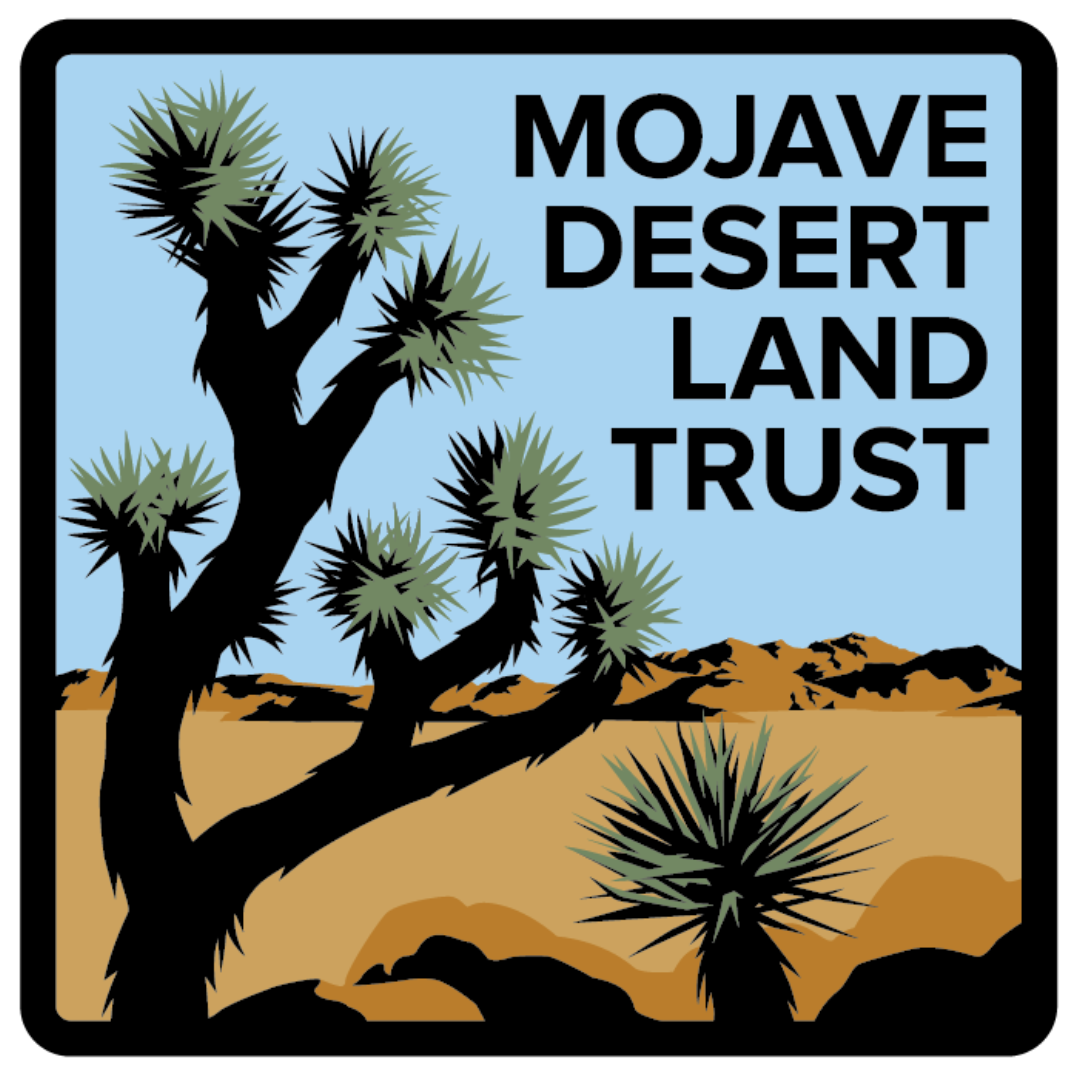Why desert tortoises need desert defenders
A rare sighting of a unique creature… Desert tortoises are extremely elusive, spending upwards of 95% of their time underground. To say they are camera-shy is an understatement.
Desert tortoises are also what we call “ecosystem engineers”. Their burrows are used by other species for shelter. They eat plants and spread seeds around. They hold an integral place in the dynamic desert landscape.

Although this remarkable creature has been around since the time of the dinosaur, they are now endangered. Their population has decreased by 90% in some areas, with only about 2% of hatchlings surviving to adulthood, largely due to desert predators.
There are several threats to their existence, but we do know that the best thing we can do to help the desert tortoise survive is to protect their habitat.
They require a lot of land. A male desert tortoise will walk a couple miles a day searching for food and other tortoise. And they need to be far from humans — catching a common cold from us can be fatal to a desert tortoise.

Land like Tortoise Haven, 480 acres in the Chemehuevi Area of Critical Environmental Concern (ACEC), is the perfect environment in which our “eco-engineers” can flourish.
Prime desert tortoise habitat is almost as rare as the desert tortoise itself. According to the Bureau of Land Management, the Chemehuevi area “has some of the best desert tortoise habitat in the southeast Mojave and northeast Sonoran Deserts.”
The biodiversity of this area also makes it prime habitat for animals like burrowing owls, bighorn sheep, prairie falcons, and a number of rare and sensitive plant species. Springs found in this area provide a reliable and critical water source for all who traverse this desolate and delicate landscape.
Hundreds of archaeological sites have also been identified. Native American trade routes, ranching and mining remnants from the early 20th century, and early railroad activity are just a small section of what has been inventoried for this area.
For an organization whose whole mission is to preserve the scenic and cultural resources of the Mojave Desert, this area checks all of the boxes, and the possibility of helping the desert tortoise maintain a forever home is just the hard shell topping we needed on this desert cake.
To find out how you can help conserve desert tortoise habitat go here.
